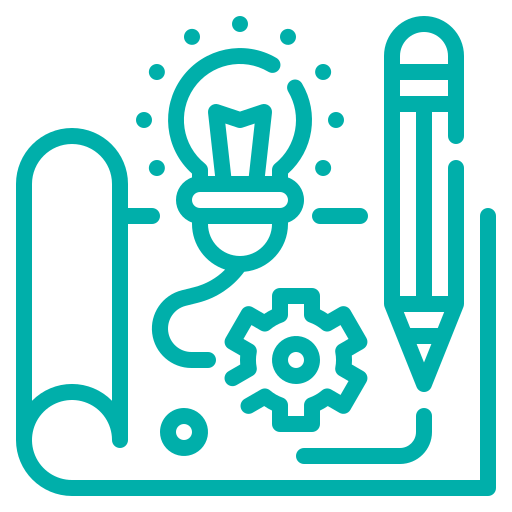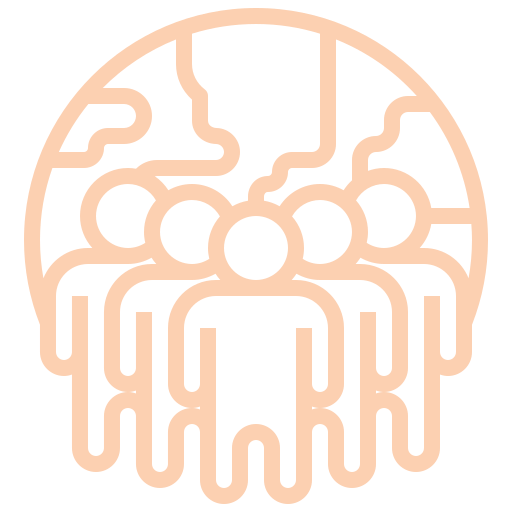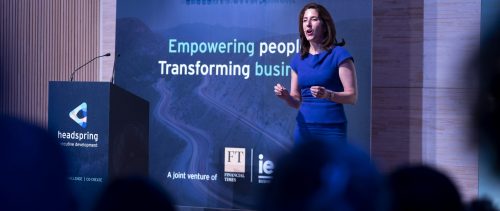- Online Programme
SUSTAINABLE GROWTH PROGRAMME
A virtual sustainable development programme designed to help leaders make a positive impact and maximise returns for business and society.Enquire Now

For Leaders and Decision Makers
Headspring’s online Sustainable Growth programme helps corporate leaders understand the fast-changing environmental, social and governance (ESG) context in which they operate. It guides participants in how to design and implement practical and responsible strategies for sustainable development that maximise the benefit for the company and wider society.

Customizable
The programme has a flexible design, which will ensure it is the right learning solution for your business.

Live Online
Participants are in control of their learning experience and can access live sessions or on-demand.







Collaborative
Through group work, participants apply their skills to solve specific challenges faced by your business.
Making Sense of a World in Change
Every business is different. Every business feels the impact of change and social disruption differently. Shifts on the perception of the role of ethics in business are driving new consumer behaviour as well as employee relations trends.
This programme has been designed to help leaders understand and face these trends so they can seize opportunities and develop sustainable strategies.


How Business & Society Interact


Understanding Sustainable Growth


Identifying Your Stakeholders


Leadership & Sustainability Values


1. Why Sustainable Growth Matters
The sustainable development programme begins by providing a sense of the dramatic changes that may lie ahead for companies. We introduce our diagnostic tool along with the programme structure. Participants will understand key concepts and evolving viewpoints on sustainability issues.







Live Sessions
Introducing the big sustainability issues that are changing the business world, the terminology used, and our diagnostic tool.







Group Project
Selected groups of 5-8 executives analyse which ESG issues are most important in terms of risks and benefits to their own organisation.


2. Know Your Stakeholders
The second session focuses on stakeholder concerns and how they may conflict with other stakeholder pressures. It includes case studies, examples, FT stories and lessons learned around key stakeholders, such as customers, suppliers, employees, regulators, media, competitors and shareholders.







Live Sessions
Participants will learn how ESG issues affect, and are shaped by stakeholders, especially when different stakeholder interests conflict.







Group Project
Participants consider how stakeholders relate to their organisation on ESG issues, using realistic worst-case risk scenarios.


3. The Six Pillars of Sustainability
At Headspring we go beyond the traditional three pillars of sustainability (economy, society and environment). The third session will offer an explanation of our six principles of sustainable development followed by in-depth expert commentary on how each principle has been applied in real situations. Participants will learn the foundations of a sustainable ESG strategy why many ESG approaches misfire or fail.







Live Sessions
Understand how to manage shareholders and achieve brand alignment. Learn how positive activities can produce negative impacts, and how to deal with different cost-benefit approaches.







Group Project
Participants consider their own organisation’s current and future ESG activities, and test their effectiveness against Headspring’s six principles and other industry standards.


4. How Businesses and Society Interact
In the fourth session, participants will learn how to determine the relevance and effectiveness of their current ESG activities (as well as that of their peers) and create a clear path to sustainable growth.







Live Sessions
Understand the society benefit matrix and see examples of the different types of ESG activities. Learn how business initiatives can be commercially and or socially justifiable.







Group Project
Participants review their business activities to identify the balance between business and society benefit. They then move on into planning a realistic pathway to optimise the benefits to both.


5. What Kind of Leader Are You?
Sustainable Leadership is a key aspect of this programme. In the final session, participants will learn about their role and purpose as a sustainable leader, and the different ways they can make a positive impact on society and business. As part of the final project, they will develop an ESG plan, which can be further developed for the following three months.







Live Sessions
Understand why leadership matters when a company develops its ESG vision. Learn from other leaders and understand how their styles have adapted to change.







Group Project
Participants consider the pre-work self-assessment exercise suggesting what leader type they are, what type they thought they were and what type they want to be.
What Makes it Unique
Delivering deep and current insights into real business-relevant topics, we will help your team stay abreast of technological, political or economic trends as they happen.


Fully Online. Live or On-Demand
A high-impact leadership programme created to meet the demands of the world we live in. Fully online.


World-Class FT Journalists
Learn from some of the world's most influential and well-connected Financial Times journalists.


52,070 digital learners and counting
We design and deliver transformative learning solutions to some of the world's largest businesses.
- Journalistic Approach
What does the FT bring?
FT Journalists play a key role in our programmes. They offer global and local context and a deep insight into some of the world's fastest-growing trends and industries.Watch the video
Trusted by global leaders
Meaningful business transformation starts from within. These are some of the clients whose businesses we’re helping to reinvent, with programmes designed to bring out the best in their people.
How we will work with you
Co-creation is one of the key principles of the Headspring approach. We don’t assume we have the answers – instead, we work with our clients to create and deliver a solution that meets its main goals and objectives. As part of this process, the next steps will include:


Connect


Co-design


Bring to life

















